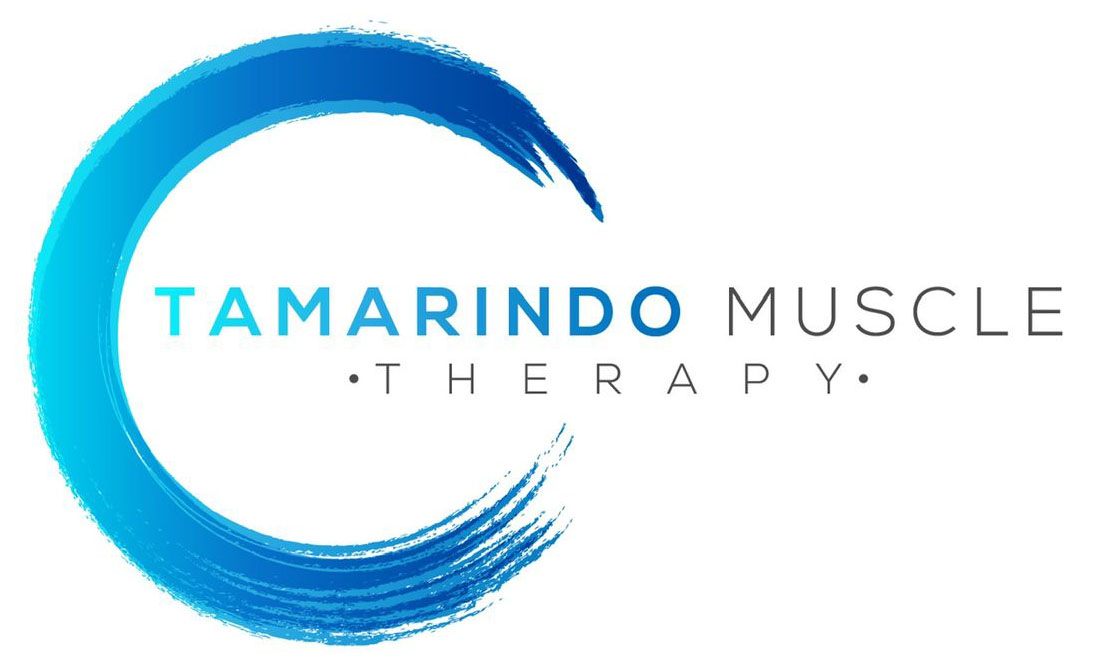- Tennis Elbow (and other weekend warrior injuries). After 40, repetitive strain and sports injuries tend to be #1 reason people visit orthopedists. Tennis elbow, or lateral epicondylitis, is one of the most common of these complaints. This overuse injury affects the tendons in the outside of the elbow joint. If you’re experiencing weak grip strength and a painful soreness or burning sensation in the outside of the elbow, you may have this condition. Tennis elbow can be a sports injury, but it can also be caused by knitting, using a computer mouse, typing, doing yard work, or playing a musical instrument. Anything you do over and over, for hours at a time, can lead to an overuse injury like tennis elbow.
- Tendonitis in other parts of the body is also commonly seen in people over 40 — for example, wrist and forearm tendonitis and Achilles tendonitis.
- Lower back problems. Many people (especially men) develop back problems in their 40s, due to a combination of risk factors including a sedentary lifestyle, obesity, arthritis, and a loss of bone density. Sciatica (a nerve issue that leads to numbness and discomfort in the hips and legs) is also a common complaint in both men and women.
- Rotator cuff tears. Athletes and people middle-aged and older are more likely to sustain this common injury. The rotator cuff is the part of your shoulder joint that allows you to lift and rotate your arm. Over time, normal wear and tear in the shoulder joints weaken the dominant shoulder, especially in people who perform frequent tasks that require overhead motions (for example, swinging a hammer, painting walls, or throwing a ball). About 2 million people per year sustain this injury. If you have a sore shoulder or limited mobility, it might be time to visit a specialist.
- ACL tears and Meniscus tears. Age-related tissue degeneration makes the knee joint particularly susceptible to injury. If you’ve put on extra weight as you’ve gotten older, this added stress can also contribute to knee problems. Due to biomechanics, hormonal changes, and some medications, women are anywhere from two to 10 times as likely as men to sustain ACL (anterior cruciate ligament) tears and ruptures — and this likelihood increases after 40. ACL tears and ruptures can happen when you land awkwardly after jumping, when you pivot or twist your body with your feet in a fixed position, or when you sustain an impact to your knees while your feet are planted. As for meniscus tears, after 30, both men and women alike are prone to damaging the rubbery, disc-shaped “shock absorber” cartilage inside the knee joint. Meniscus (cartilage) tears can happen playing sports, but many people over 30 tear their menisci doing everyday activities like climbing and descending stairs, hiking, kneeling or squatting, or walking on cobblestones or a rough terrain. Even getting out of a chair awkwardly can tear this cartilage.So what can be done? All of these injuries can be treated naturally or even prevented using the Koontzin technique, a neuromuscular technique focused on structural alignment and soft tissue health. At times supplements and dietary changes are in order, nevertheless, if you are experiencing any of the symptoms mentioned above it is time for a tune up.At Tamarindo Muscle Therapy we take a look at your overall health and wellbeing. Through the Koontzin technique, we ensure your muscles and ligaments are flexible and firing properly without restriction, which helps prevent overuse injuries from ever happening. However, if you’re currently dealing with one of these injuries it’s not too late…come in for a free consultation and learn about our different treatment plans.
Tamarindo Muscle Therapy & Massage Blog
Read the Latest
rotator cuff
Torn Rotator Cuff Symptoms
The pain associated with a rotator cuff injury may include but is not limited to:
- A dull ache deep in the shoulder
- Disturbed sleep, particularly if you lie on the affected shoulder
- Difficulty combing your hair or reaching behind your back
- Accompanied by arm weakness
There is also what is called “referred pain”, where the pain related to a shoulder injury is not necessarily felt only in the shoulder area. This pain can radiate down your arm and may even cause pain in the wrist. Shoulder injuries may also cause tingling and numbness in the arm and fingers.
Phone
In-Home Service Area
Tamarindo, Guanacaste, Costa Rica and surrounding areas
Clinic Location
Our clinic is located in Tamarindo, at the entrance of a development called “Tesoro”.
As you come into Tamarindo, the entrance for Tesoro will be on your left, right across the street from the Pangas restaurant. Turn in toward Tesoro and right before the guards, there is an entrance to the left. We are in the big two story building in the back. Our clinic is on the lower level.
As you come into Tamarindo, the entrance for Tesoro will be on your left, right across the street from the Pangas restaurant. Turn in toward Tesoro and right before the guards, there is an entrance to the left. We are in the big two story building in the back. Our clinic is on the lower level.
Hours
Monday - Saturday:
9am-5pm - By Appointment Only
9am-5pm - By Appointment Only
©
2015 - 2024
Tamarindo Muscle Therapy - Images by Visel Photography

